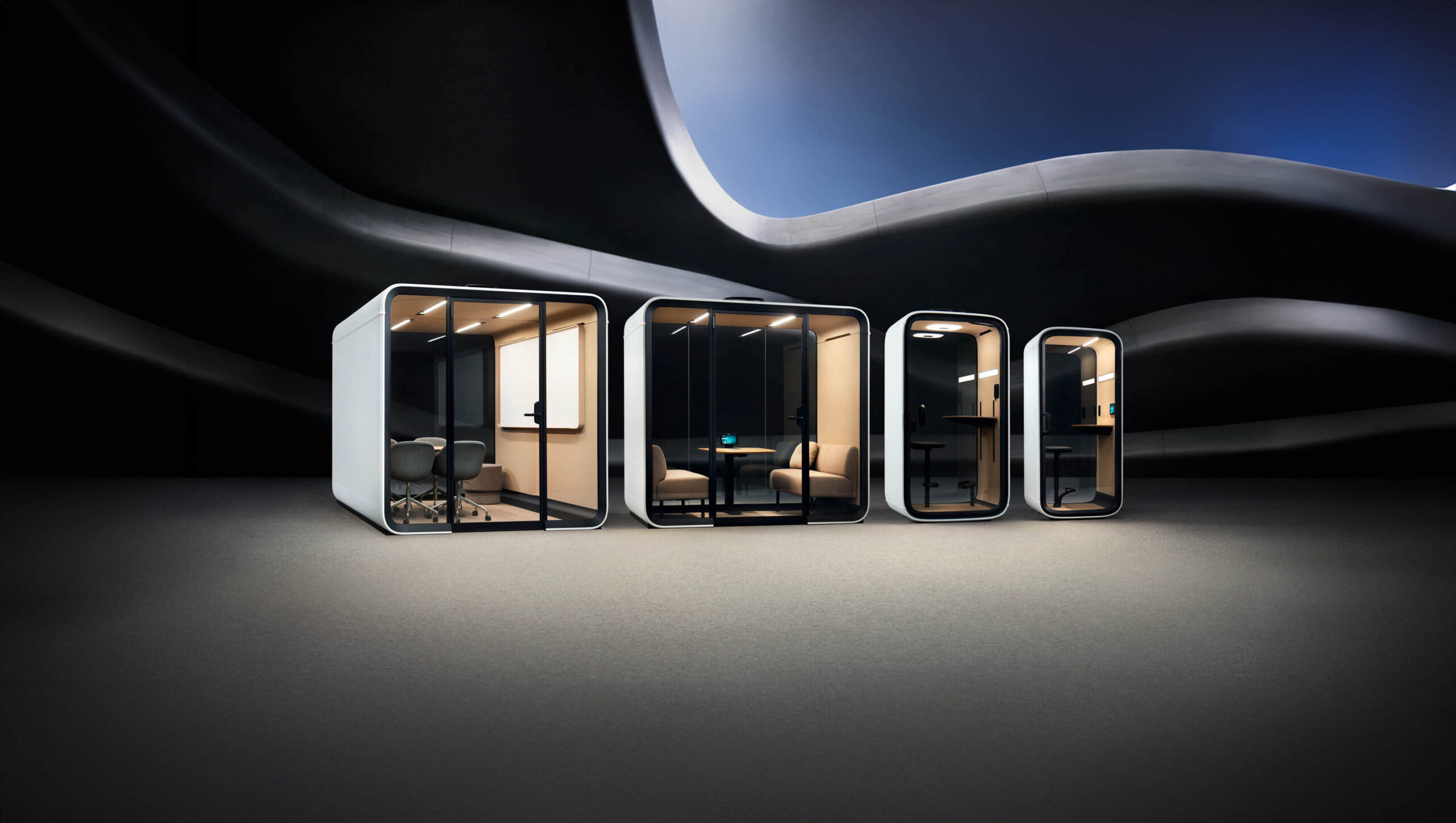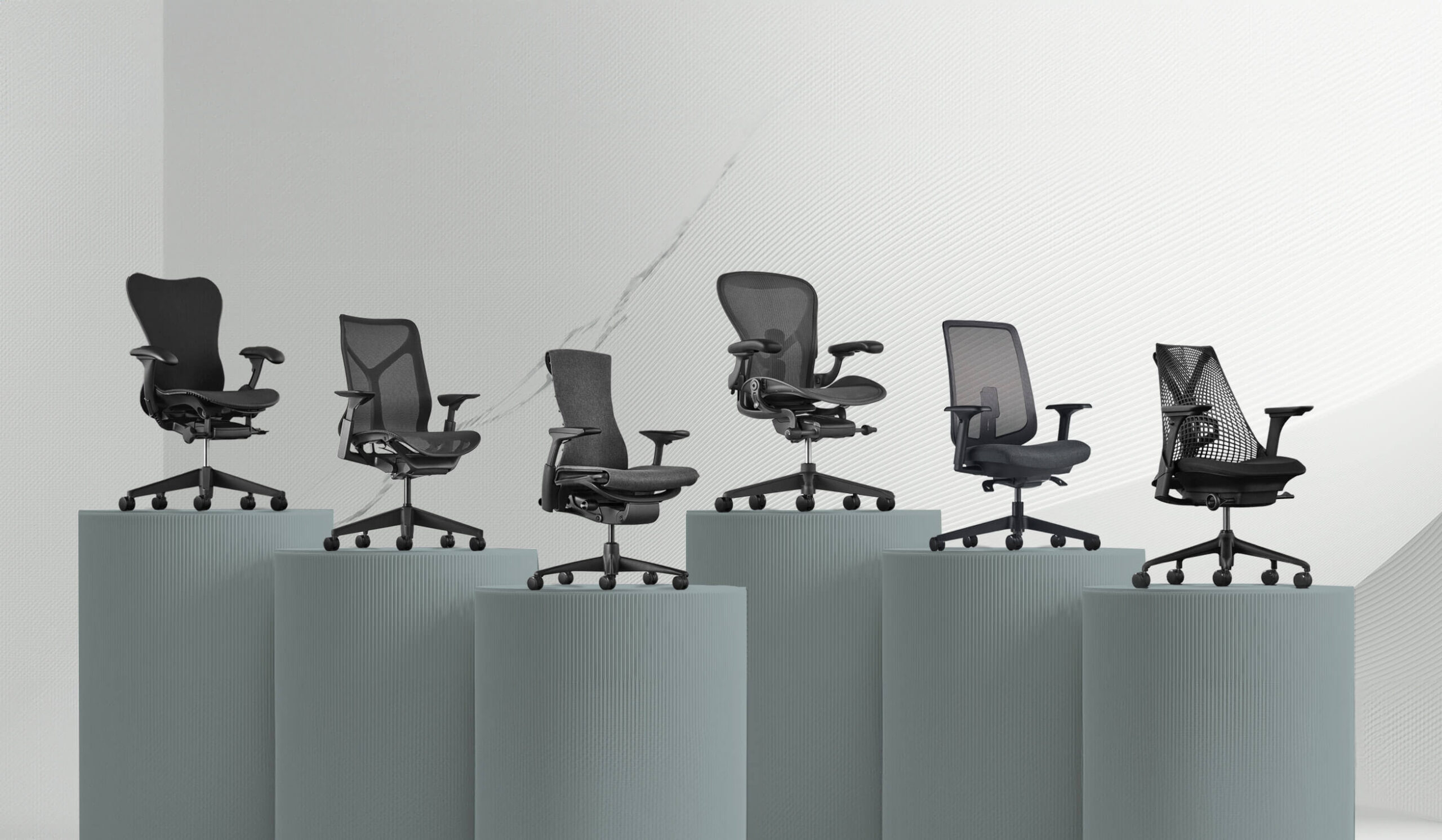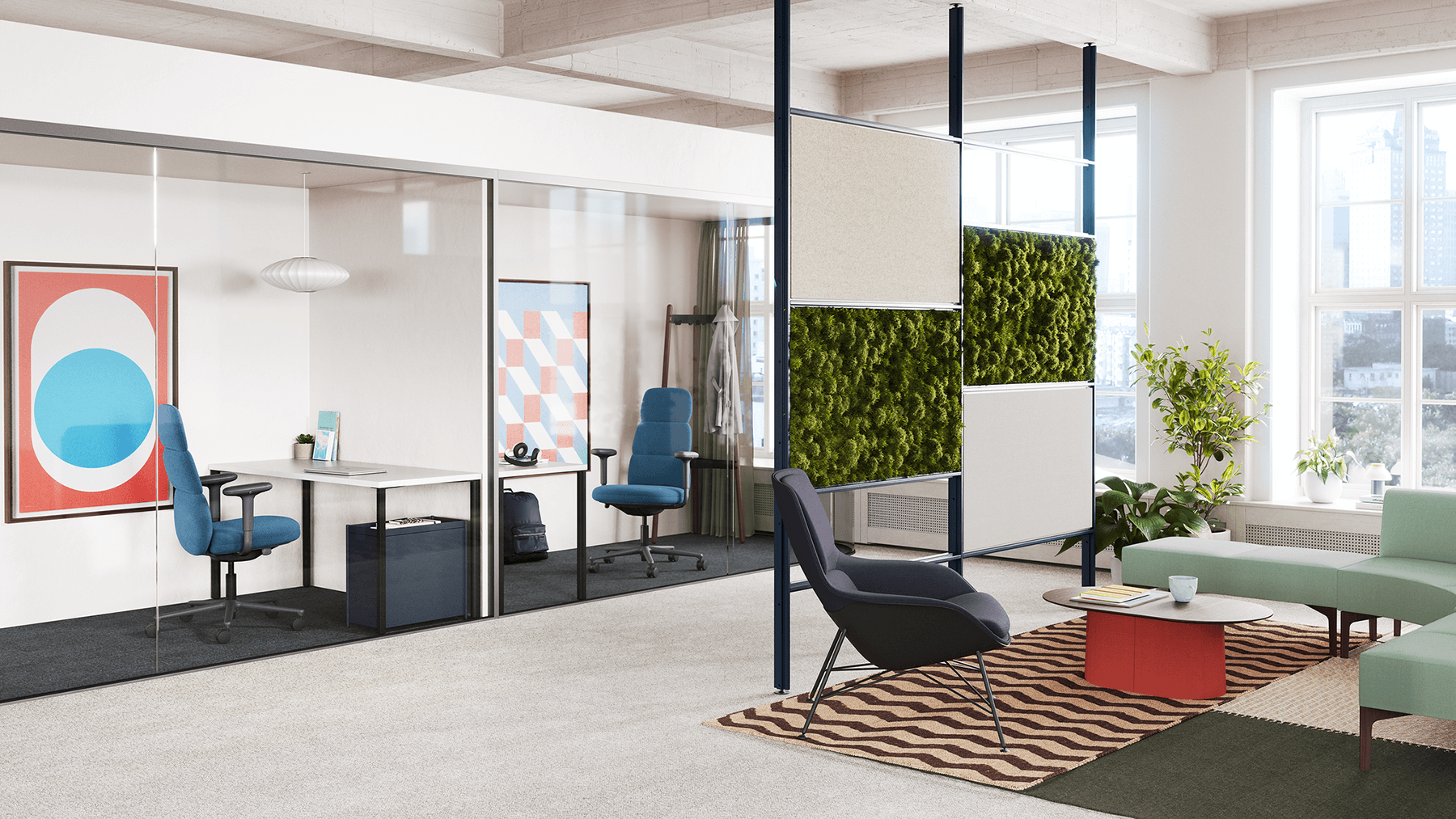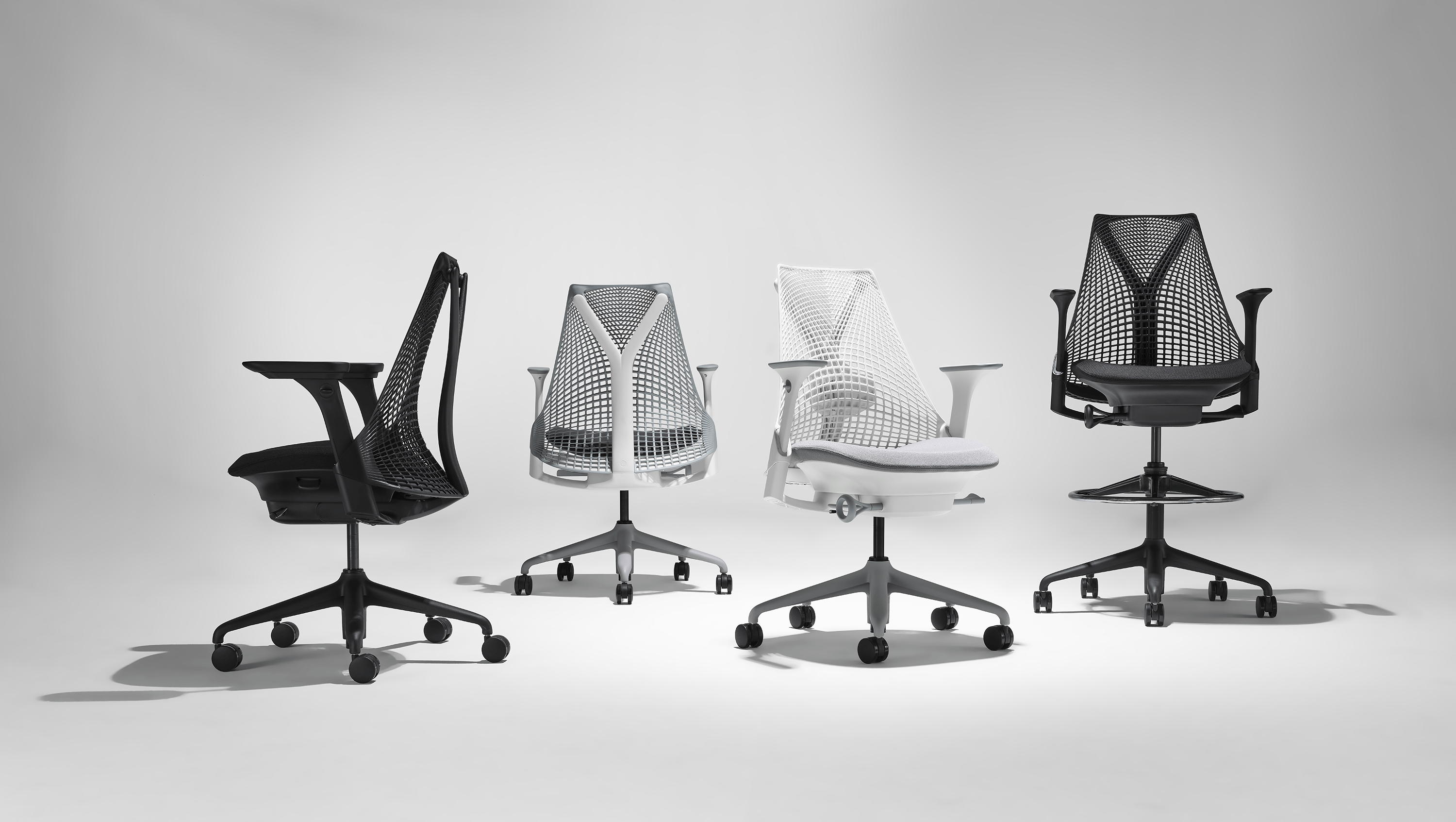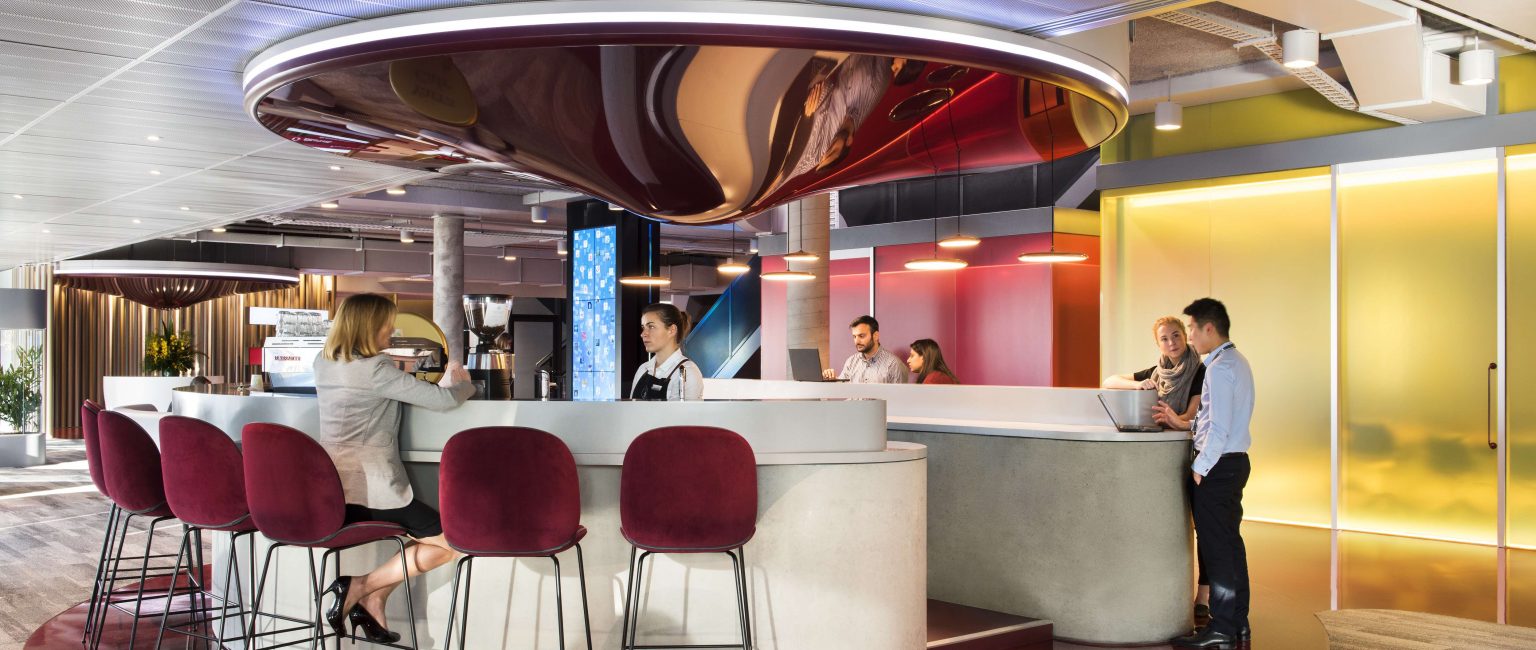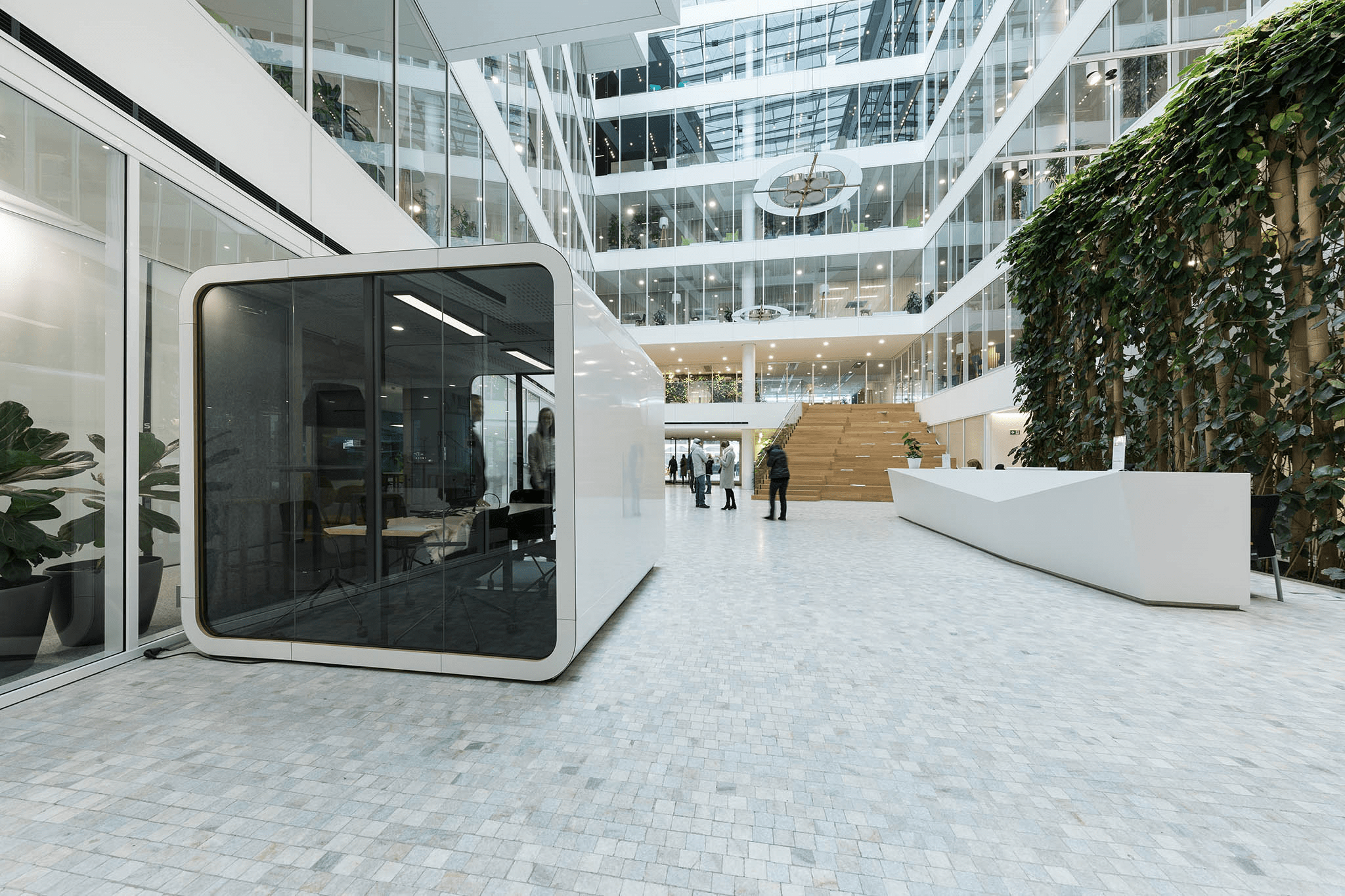- Homepage
- /
- Office Furniture Design
- /
- What is the Circular Economy – Framery
What is the circular economy and how it helps combat harmful production and consumption practices? Learn about Framery’s approach to the circular economy.
The race against climate change and other threats to the environment is on, and the search for solutions becomes increasingly urgent as the consequences of unsustainable take-make-waste practices become increasingly clear. The unforeseen pace of global warming, massive amounts of single-use plastics, and unsustainable manufacturing need to be taken into account on different levels of our everyday lives.
One possible solution to this is a circular economy that seeks to combat the harmful means of production and consumption. Both individuals and larger entities, such as organizations, governments, and private companies, need to do their part in establishing a more sustainable future. At Framery, we have done our part in designing products that contribute to a more sustainable, circular economy.
How Does The Circular Economy Work?
A circular economy can be defined as a model where products and processes are designed in a way that aims to reduce or eliminate unnecessary waste altogether. Rather than dispose of materials after they have been used, the circular economy aims to re-enter them into circulation. With a circular economy mindset, we can take on some of the most pressing challenges facing humankind and the planet as a whole, such as climate change, excessive amounts of waste, pollution, and the loss of biodiversity.
This approach is in opposition to a linear model where resources are created and used until they no longer provide value. After their often short lifecycle, materials and products made using them are removed from circulation in the most convenient, but generally unsustainable manner: by burying them in landfills or incinerating them for energy. This unsustainable practice must be addressed on several levels, starting with designing products in a way that enables effective and efficient circulation and reuse.
A circular economy promotes a so-called closed-loop system where the same resources circulate without new ones entering the system. As a consequence, new materials do not need to be created. Therefore, there is less need to extract finite resources, such as fossil fuels, or resort to energy-intensive excavation of new raw materials. Additionally, this kind of a closed loop system minimizes the creation of waste and pollution which threaten the environment and need to be dealt with sooner or later.
At Framery, we design our soundproof office pods for circularity. A modular design utilizing recycled and innovative materials allows the pods to remain in use for a longer time. Individual parts can be repaired or upgraded in case something breaks or the pod needs to be brought up to date.
The Framery Connect workplace management tool provides valuable office data that can be used to analyze and optimize how the pods are used. In certain markets, we have also launched the Framery Subscribed model that gives a second life to once-owned office pods by refurbishing them after the pods have served their previous owners.
How does the circular economy work in practice?
There are different approaches to a circular economy. One of these is the so-called 9 R’s model which consists of 9 levels of circularity. These are: Refuse, Rethink, Reduce, Reuse, Repair, Refurbish, Remanufacture, Repurpose, Recycle, and Recover. The 9 levels of circular economy cover the entire lifecycle of a product and concern everything from design and manufacturing to use and post-use of products.
Another way to approach the circular economy is based on three principles defined by the Ellen MacArthur Foundation. Each one of these three principles is founded on smart and forward-thinking design. The first principle is to eliminate waste and pollution as our current system is heavily reliant on using finite raw materials and turning them into waste after they have been used. The second principle aims to prevent wasting materials by keeping them in use, for instance as materials for new products. Finally, the third principle is aimed at regenerating nature by moving from a linear economy to a circular one.
The circular economy in action:
- One way to approach the circular economy is by reusing products after they have been used once. An example of this is choosing food containers that can be used for the same purpose again, rather than opting for single-use packaging. Although materials like plastic can be recycled into new raw materials, this is a complex and energy-intensive process. Instead, the plastic product can be designed with reusability in mind, so it can be reused without being turned into something else in between. One challenge to this approach is the need for infrastructure to enable reusing as well as the users’ willingness to participate.
- Broken or out-of-date products do not necessarily need to be thrown away. Repairing and refurbishing them instead helps extend the lifecycle of clothes, electronics, and many other consumer products. One way to make repairing and upgrading old products easier is with a more modular approach where individual parts can be changed, repaired, and upgraded.
- The circular economy also encourages us to challenge old ways of thinking and doing. One thing to consider is whether a product is needed in the first place or if it can be replaced with something else altogether. Maybe products do not need to be owned in the first place and sharing or renting them would be a more viable alternative.

The Circular Economy at Framery
By applying circular design principles to our products, we ensure Framery pods meet the needs of the circular economy. While the pods are in use, we can help users get as much as possible out of the pods by providing data-driven digital services, such as insights on how and when the pods are in use. This helps offices optimize the use of their Framery pods to their full capacity. After the pod has served its purpose, we can reuse, redistribute, refurbish, remanufacture, and recycle the pod for another round.
Our solution to a circular economy is currently in use in certain markets with our Framery Subscribed model, allowing us to extend the life cycle of Framery pods. The modular design of the pod makes it reusable as we can replace, refurbish and repair certain parts or the pod as a whole. After the Framery pod has been used by its previous owner, we refurbish it, giving it a new life. This way our Framery pods can be used more or less indefinitely and upgraded to answer the needs of future users.
Take a look at our range of Framery products
Tags
RECENT POST
be the first to knoW!
Be part of our mailing list to access new product releases, latest trends, exclusive discounts and more!



















